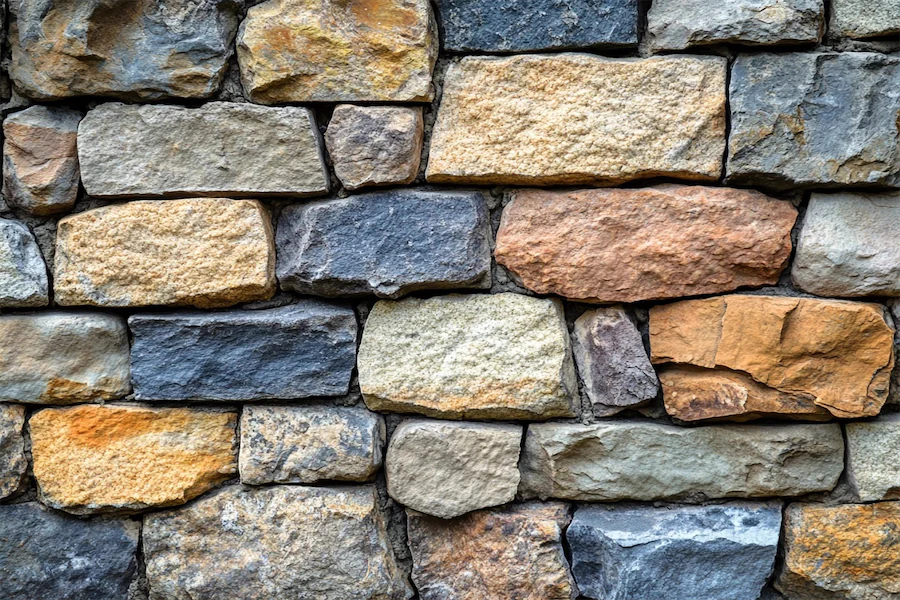Insulated walls are essential components in building construction, designed to enhance thermal performance, reduce energy consumption, and improve indoor comfort. By incorporating various insulation materials and methods, insulated walls minimize heat transfer, maintaining desired indoor temperatures regardless of external weather conditions.
Introduction to Insulated Walls
Insulated walls incorporate materials that resist heat flow, effectively reducing the amount of heat escaping during colder months and entering during warmer periods. This thermal resistance is quantified by the R-value, which measures the material’s ability to resist heat flow; higher R-values indicate better insulating properties.
Types of Insulation Materials
Various materials are used to insulate walls, each offering distinct properties and benefits:
- Fiberglass: Composed of fine glass fibers, fiberglass insulation is commonly available in batts or rolls. It’s cost-effective and suitable for standard stud and joist spacing.
- Mineral Wool: Made from natural minerals like basalt or diabase, mineral wool offers excellent fire resistance and soundproofing qualities.
- Cellulose: Derived from recycled paper products, cellulose insulation is often blown into wall cavities, providing good thermal performance and environmental benefits.
- Rigid Foam Boards: Materials such as polystyrene, polyisocyanurate, or polyurethane are formed into rigid panels, offering high insulating values with relatively thin profiles.
- Spray Foam: Applied as a liquid that expands and hardens, spray foam insulation provides an air-tight seal and high R-values, making it suitable for irregular spaces.
Insulated Wall Construction Methods
Several construction techniques are employed to integrate insulation into wall assemblies effectively:
- Cavity Wall Insulation: Involves filling the space between two layers of masonry with insulating material, enhancing thermal efficiency.
- Double-Stud Walls: Utilize two parallel rows of studs, creating a wider cavity that can be densely packed with insulation, significantly increasing R-values.
- Insulated Concrete Forms (ICFs): Consist of hollow foam blocks or panels that are stacked and filled with concrete, combining structural support with high insulation levels.
- Exterior Insulation and Finish Systems (EIFS): Apply insulating material to the exterior of walls, followed by a protective finish, improving thermal performance and reducing thermal bridging.
Benefits of Insulated Walls
Implementing insulated walls offers numerous advantages:
- Energy Efficiency: Proper insulation reduces the need for heating and cooling, leading to lower energy bills and decreased environmental impact.
- Enhanced Comfort: Maintaining consistent indoor temperatures contributes to a more comfortable living environment.
- Sound Dampening: Certain insulation materials can also reduce noise transmission, enhancing acoustic privacy.
- Moisture Control: Insulation helps prevent condensation within walls, reducing the risk of mold growth and structural damage.
Considerations When Choosing Insulation
Selecting the appropriate insulation involves evaluating factors such as:
- Climate: Different regions require varying R-values to achieve optimal energy efficiency.
- Building Design: The structure’s design and existing materials influence the choice of insulation type and installation method.
- Budget: Costs vary among insulation materials and methods; it’s essential to balance upfront expenses with long-term energy savings.
- Installation: Some insulation types are suitable for DIY projects, while others require professional installation to ensure effectiveness.
Conclusion
Insulated walls play a crucial role in enhancing a building’s energy efficiency, comfort, and durability. By understanding the various insulation materials and construction methods available, homeowners and builders can make informed decisions to achieve optimal thermal performance tailored to their specific needs.
